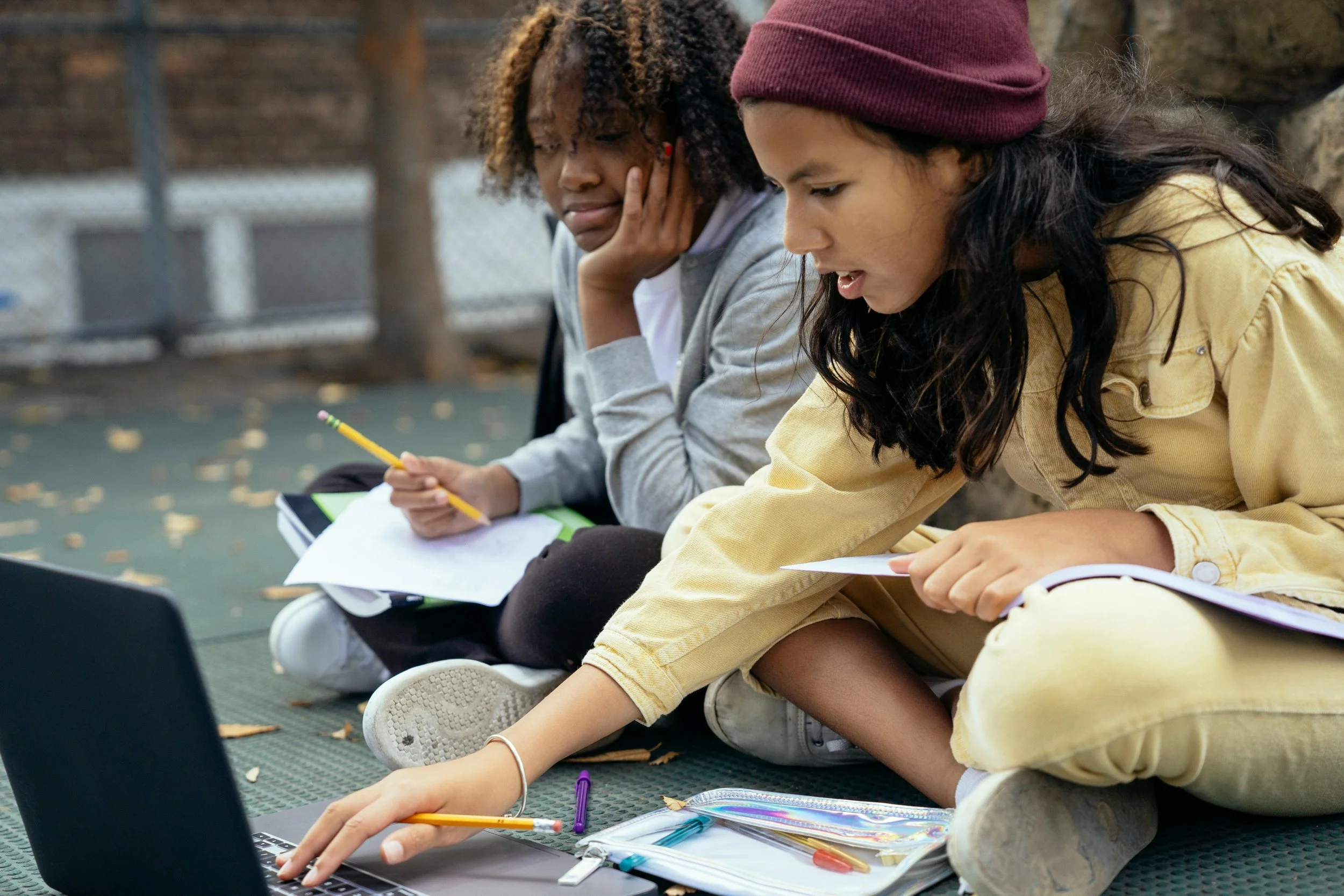
How to Help Your Teen with Autism Practice Independence
Wondering how to help your teen with autism become more independent? Learn strategies for daily living, self-advocacy, and confidence from PS Academy Arizona.

Top 5 Life Skills Every Teen with Autism Should Learn
We've compiled the top 5 life skills every teen with autism should know, show why they're essential, and have practical tips to teach each skill confidently.

Why the Holidays Can Be Extra Stressful for Teens with Autism
Learn strategies to reduce holiday stress for teens with autism, from planning and boundaries to sensory supports. Get ready to really celebrate this season.

Is It the Right Time to Switch Schools for Your Daughter with Autism or Other Neurodivergencies?
Wondering if your daughter is at the right school? Learn the signs it’s time to switch schools and how PS Academy Arizona can support you.

Let’s Talk About Executive Functioning: Why It Matters More Than You Think
Executive functioning affects school, friendships, and independence. Learn what it is, why it matters, and how PS Academy Arizona supports teens with autism.

Understanding Autism in Girls: How to Spot the Signs and Find the Right Support
Autism in girls often shows up differently than in boys. Learn the subtle signs, why diagnoses are often delayed, and how PS Academy Arizona helps girls thrive.

How Do I Know If My Child Is at the Right School?
Is your child struggling in school but doesn't know why? Here are signs it may be time to switch schools and how to choose the right fit for your child’s needs.

What Students Love Most About PS Academy Arizona
Why do students with autism and other neurodivergencies love PS Academy Arizona? From friendships to school spirit, hear straight from students why they love it.

The Best Summer Bucket List for Teens with Autism? 20 Activities to Try
Make this summer count with 20 fun, confidence-boosting activities for teens with autism. From sensory-friendly outings to creative projects, there's something for everyone.

Why Do Parents Choose PS Academy Arizona? Hear It from Them
What makes PS Academy Arizona so special? Hear real testimonials from parents whose teens are thriving in academics, friendships, school life, and more.

My Teen with Autism Is Depressed, What Can I Do?
If your teen with autism is showing signs of depression, you’re not alone. Learn how to recognize symptoms and discover supportive strategies that can help.

Young Women and Autism: It’s Time to Pay Attention
Autism in young women can often go overlooked. Learn why diagnosis gaps exist, how masking affects mental health, and how to support young women with autism.

How To Celebrate Autism Acceptance Month as an Ally
April is Autism Acceptance Month! Learn how to celebrate neurodiversity and support the loved ones in the autism community with inclusive, meaningful actions.

What Parents Need to Know About the Teen Years with Autism
A step-by-step guide for teens with autism to get their first job with resume tips, interview prep, workplace expectations, & building confidence for success.

10 Job Hunting Tips for Teens with Autism to Succeed
A step-by-step guide for teens with autism to get their first job with resume tips, interview prep, workplace expectations, & building confidence for success.

New Year’s Resolutions for Teens with Autism and Their Families
A step-by-step guide for teens with autism to get their first job with resume tips, interview prep, workplace expectations, & building confidence for success.

How Do I Find Parent Support in Arizona for My Teen with Autism or ADHD?
How do I connect with other parents of teens with autism or ADHD in Arizona? PS Academy Arizona offers a private Facebook group where families share advice, resources, and support. Join today to connect with a local community that understands.

Managing the Holidays and Choosing Thoughtful Gifts: A Guide for Teens with Autism
Navigating the holidays as a teen with autism can be challenging, but with preparation for travel and gift-giving advice, it can be easier to enjoy the season.

Helping Teens with Autism Gain Independence While Home Alone
Check out these 9 tips for balancing independence while managing expectations to help teens with autism feel confident staying home alone for the very first time.

How to Manage Sensory Overload for Teens with Autism
Learn how to recognize and manage sensory overload in teens with autism using practical tips like quiet spaces, grounding techniques, and more. Read more here!
